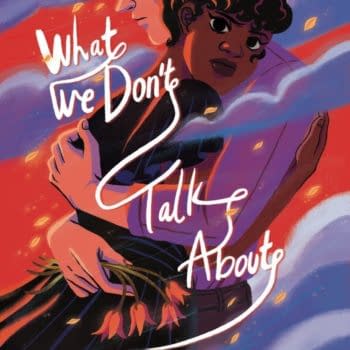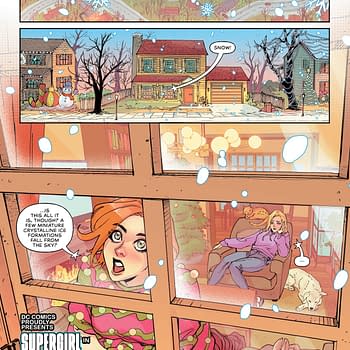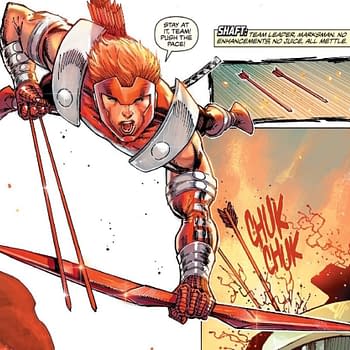Posted in: Comics, Vintage Paper | Tagged: Comics, comics & complication
Comics & Complication: War, Violence, and Adolescence
Welcome to the fifth Comics & Complication series. The first dealt with the concept of heroism and The Nail, the second looked into anger and World War Hulk, the third is about comics as propaganda for social change, the fourth entry is about Spider-Man and his place in the health care system, and the fifth entry looked at the concept of patriotism in the comic industry. Since their conception, comic books have been utilized to influence their readers in anything from the newest toy craze to swaying them in socio-political causes. Such influencers like American firearms and ammunition manufacturer Remington Arms Company LLC had its own line of trades in the 1950s to show children the fun of shooting guns. Obviously, comic book characters have never been strangers to weaponry or firepower… War Machine, Judge Dredd, Deadshot…with each publisher from mainstream to indie distributors, the aim was to create a drive-in for young boys and their interest in guns. Although these few issues of comic books are can hardly take credit for all gun interest in young boys, they certainly served to normalize their use in everyday life. Even P.E.T.A. (People for the Ethical Treatment of Animals) responded to these pro-hunting comics and had a slew of the most influential writers and artists lend their talent to a cause to educate the masses about the unethical treatment of animal testing and hunting.
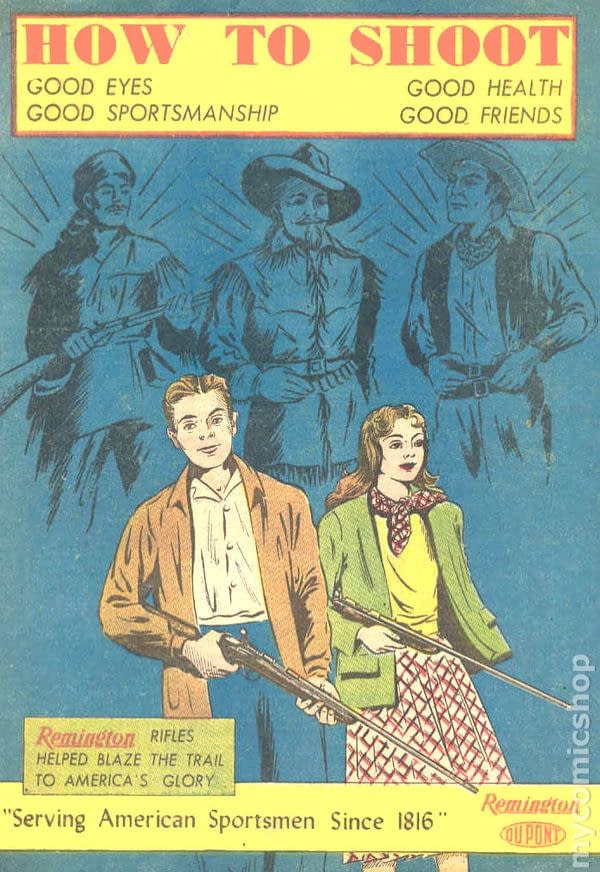
This propaganda aimed towards American youth is far less nefarious than when compared to what Nazi Germany was attempting with its own adolescent readers. Because of issues with American heroes laying waste to the Nazi regime and psychically embarrassing Hitler, Germany stopped all imports of comic books from the United States. These comics were entirely unique from their American counterparts; they had no speech bubbles, no larger than life heroes, and were fully painted works of art. The intent of the Deutschen Propaganda-Atelier was to portray the war in a historically accurate, albeit skewed view of the success of the Nazi regime, a point specifically mentioned in Fredrik Strömberg's book, Comic Art Propaganda.
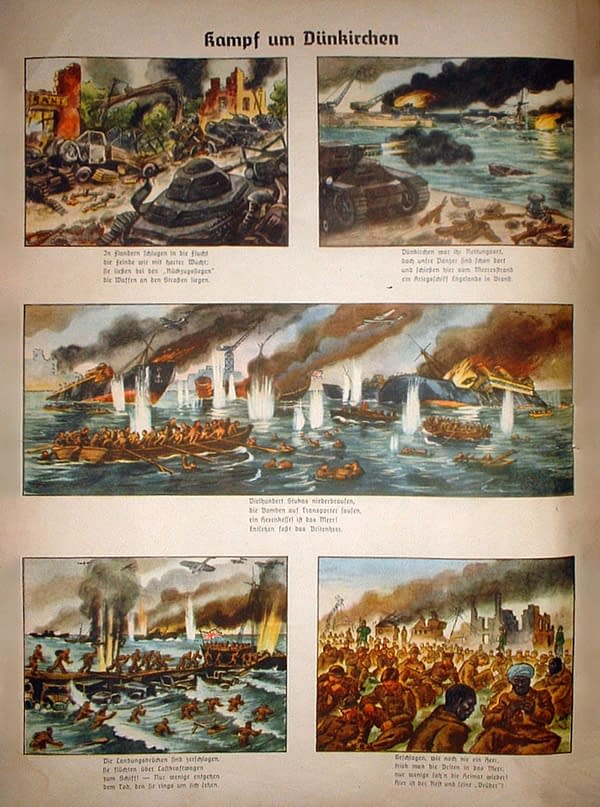
The intent of these comics from the Third Reich was to show young boys that the road to greatness was simply joining the war effort and being brave. The horrors of conflict were not shown in these trades, as the Germans were always the victor against their enemies (who were often portrayed as unremarkable men who deserved what was coming to them). Even modern comics utilize this effort to garner favor from their youngest civilians, with Marvel sending the New Avengers to soldiers in the Iraq war. While comic fans have been waiting on various real-world issues to settle, it will be interesting to see where publishers decide to stand politically with future issues as more and more social contentions build worldwide.



